Differences in Neuro-Imaging Techniques
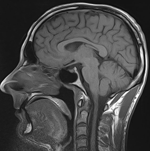
MRI
MRI is a neuro-imaging technique that is designed to look at physical/anatomical structures of the brain. It has a temporal resolution of 2 seconds-which means it is too slow to measure neuro-function. Neuro function is a measure of how the brain thinks and the speed at which it processes information, which is in milliseconds.
CT Scan
CT Scan is a neuro-imaging technique. Similar to MRI, it shows brain structure and physiology, but with even less resolution than MRI, which means it is too slow to measure neuro-function.
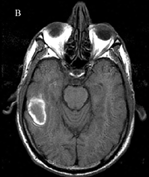
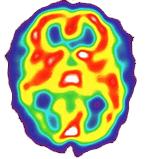
PET and SPECT
PET and SPECT techniques measure metabolic activity within areas of the brain. These are gross measures, which means they are not detailed or specific measurements and cannot show neuro-function.
fMRI
fMRI is similar to MRI, but measures anatomical brain engagement. In other words: How well does one anatomical brain system work with another brain system? However, although it has a faster resolution, it is also too slow to measure the detailed information processing function of the brain.
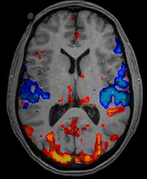
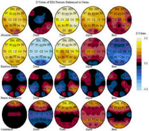
QEEG
QEEG is a neuro-imaging technique that is fast enough to measure neuro-function down to 100th of a millisecond, which more closely approximates brain processing speed. These faster recordings allow clearer functional measurements of brain performance with regard to thinking and processing information.
